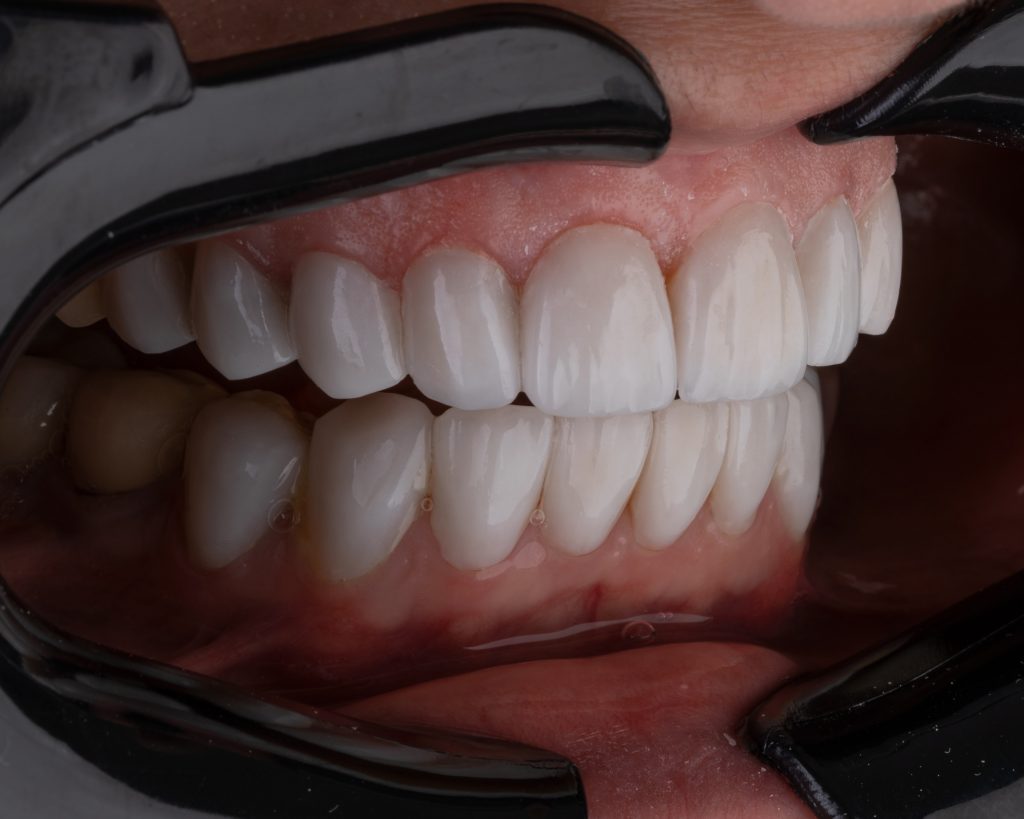
Teeth staining is a widespread concern among dental patients. A bright, white smile is not just aesthetically pleasing but can also serve as an indicator of good oral health. Understanding the causes of teeth staining and how to prevent it is crucial in maintaining both your smile and overall oral health.
There are two primary types of teeth staining: extrinsic and intrinsic. Extrinsic stains are superficial, affecting the outer layer of the tooth (enamel). These stains often result from consuming certain foods and drinks, like coffee, tea, red wine, and dark berries, as well as tobacco use. Poor oral hygiene can also lead to extrinsic staining.
Intrinsic staining, on the other hand, affects the inner structure of the tooth (dentin). This type of staining can be caused by various factors such as certain medications, tooth trauma, or excessive fluoride exposure in childhood.
The good news is that both types of stains are preventable and treatable. Maintaining a robust oral hygiene routine, avoiding tobacco, and limiting consumption of stain-causing foods and beverages can help prevent extrinsic stains. For intrinsic stains, professional dental treatments like teeth whitening or veneers may be necessary.
In the realm of dentistry, oral health is recognized as an integral part of overall health. Therefore, addressing teeth staining isn’t just about improving the aesthetics of your smile; it’s about maintaining a healthy oral environment, which contributes to your holistic health.
Contact Us To Make An Appointment
